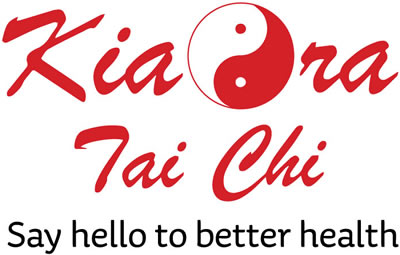
Stand tall and deliver
No matter what you’re confronted with, always maintain an upright body posture. This is one of the four essential tai chi principles.
But… what does upright body posture mean? Well, it’s not that old-fashioned walking with a book on your head. That’s a recipe for stiff muscles plus a sore neck and back from trying to move so rigidly. What’s more, even if you did move like that the book would still probably fall off your head.
Upright posture and alignment means NOT leaning or hunching – whether forwards, backwards or sideways. Imagine if the top of your head was suspended from a golden strand of silk – this is a magical thread because it doesn’t cause any pain. Suspended like this, gravity helps the joints in your spine move into alignment so they are stacked sweetly on top of each other, like they’re meant to be. Your tail bone is centrally positioned at the base of your spine and slighted tucked under. You feel balanced and comfortable.
Imagine that you are now gently lowered to your feet. Take the weight evenly on both feet and keep your knees soft (slightly bent, not flexed straight). This will keep your tail bone and buttocks tucked under and your spine neatly stacked. Keep your head upright (but not tense or rigid) with your eyes looking straight ahead. This might feel a little strange at first but in time it will feel more comfortable.
So, why is all of this important? Because, with your head upright and with correct body posture and alignment you are more likely to:
- Release tension and pressure caused by bad posture
- Reduce stress and pain on the back and knees
- Reduce the chance of falling
- Increase your muscle strength and balance
- Improve your martial art (you will be much harder to be pushed/pulled off balance)
- Increase the Qi/energy flow, as this flows better in an aligned body
So, kia ora/say hello to upright posture and body alignment. They’re heaps better than just walking with a book on your head.

How not to do tai chi
Find out more:
- Dr Paul Lam on the essential tai chi principles, including upright posture and body alignment
- Dr Paul Lam on how to extend the essential principles
- More ways to improve your tai chi

Put the book in your head, not on your head
